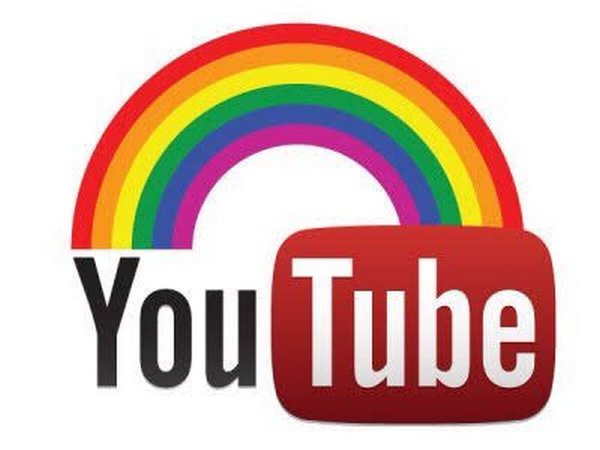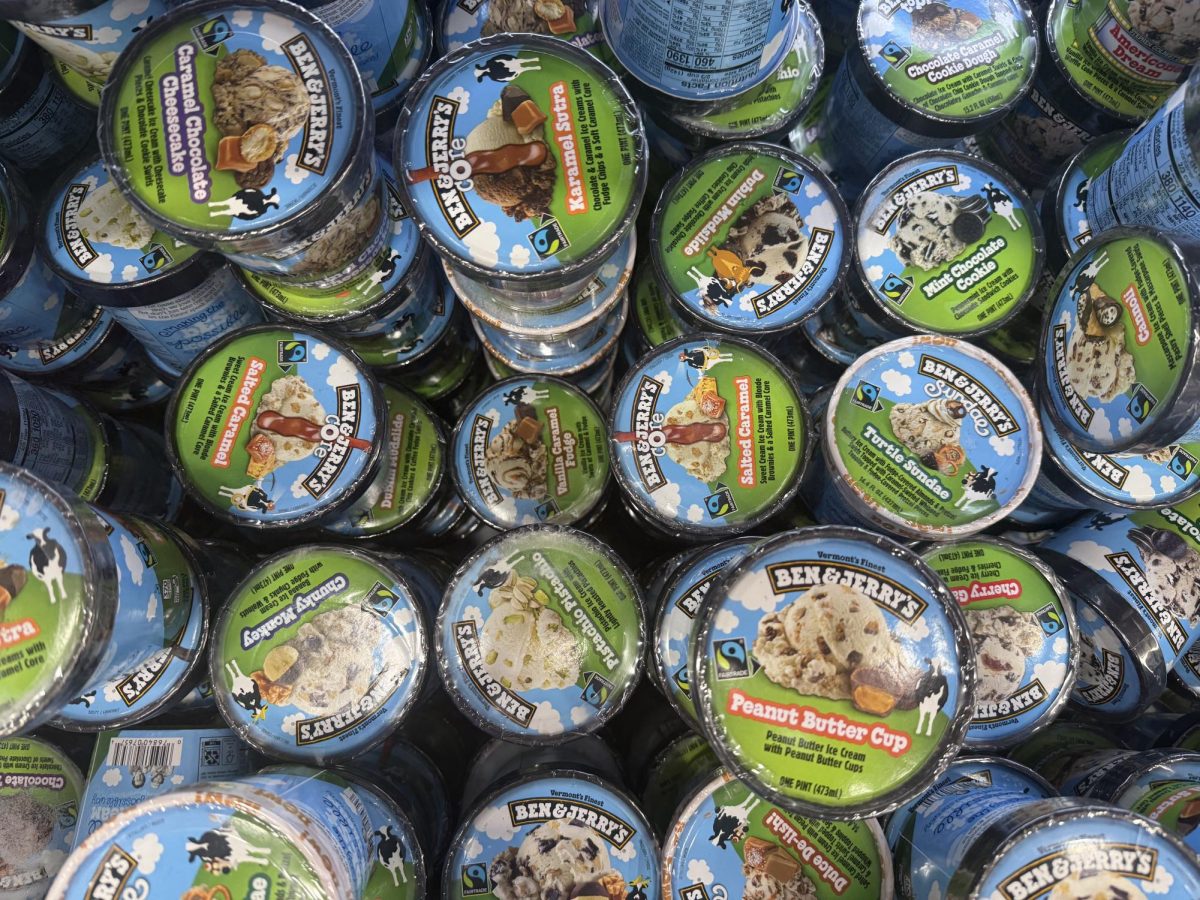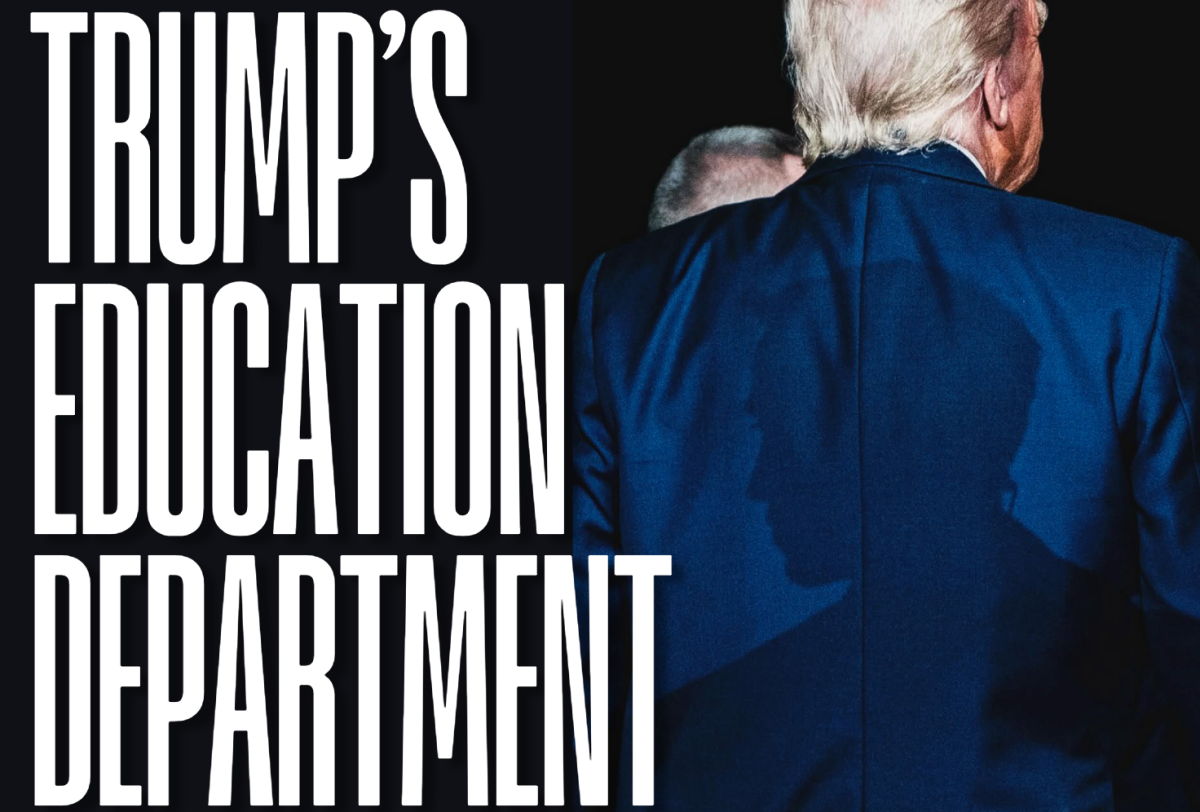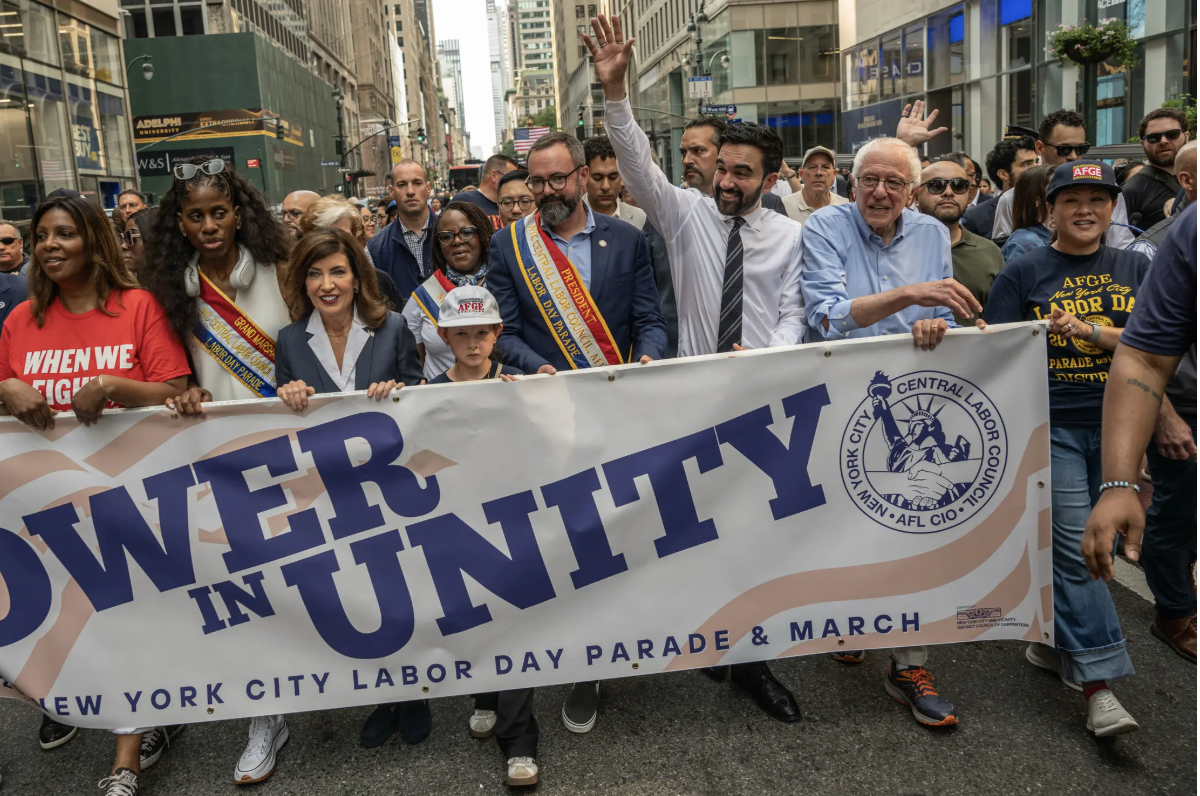
By Briana Scalia
Over a week ago, YouTube implemented a new feature to its website: a new Restriction Mode for parents who want a safer content experience for their children. Normally, this addition would be innocuous, and even welcomed. Being able to restrict videos due to levels of violence, nudity and strong language is an incredibly useful tool for the modern parent.
However, YouTube went a step further, creating an algorithm that automatically bans videos with certain keywords in the description, so long as the Restricted Mode option is activated. At first glance, the algorithm is fully functional, blocking most questionable content once the mode is activated. But some YouTubers noticed that the algorithm was blocking more content than most of the public was aware of. Thousands of videos containing LGBTQ+ content were now inaccessible to those who were using a restricted YouTube account.
The optimistic reader might assume that YouTube’s algorithm was only restricting overtly sexual LGBTQ+ content, which would be par for the course for any kind of restrictions set for children. A few famous YouTubers, particularly those who are part of the LGBTQ+ community, tested this theory, searching for previous videos they or their friends made that only contained themes of homosexuality. Their search concluded that any video with “gay,” “LGBTQ” or any queer indicator deemed it restricted. Unfortunately, it appears that the sexual nature of the video is irrelevant. Tyler Oakley, famous YouTuber and icon for the gay community, points out that a video he made about inspirational black LGBTQ+ trendsetters was restricted under this mode. Other videos include marriage proposals between two people of the same gender, music videos featuring lesbian duo Tegan and Sara, transgender makeup tutorials and famous “coming out” videos.
What message is this sending to our children? Understandably, there are YouTube videos that discuss mature topics within the LGBTQ+ community, but a video should not be categorized as inappropriate because it is labelled “gay,” “LGBTQ” or any of the aforementioned terms. The idea that the LGBTQ+ community is associated with strictly sexual and mature topics is a negative stigma that has continued for too long, preventing kids from understanding that it is acceptable to identify as LGBTQ.
Though YouTube has apologized via Twitter for the video restrictions, it has done nothing to rectify the problem to date. The previously mentioned videos are still blocked under Restricted Mode, even though they do not contain any harmful material. Whether inadvertently or not, YouTube is saying that it finds LGBTQ+ content inappropriate for children, which is already a toxic opinion that too many people agree with. In the past, YouTube was a safe space for the LGBTQ+ community to gather. This outlet is essential and provides children in this community a place to express themselves.
This is where the concept of blocking LGBTQ+ content becomes damaging to the children of today and tomorrow. Young people, especially teenagers, can often feel isolated, believing there is an unseen line separating them from others. Adding this to the stress of being an LGBTQ+ youth creates a potentially dangerous situation. By removing all LGBTQ+ content, we create a stigma that being LGBTQ+ is not acceptable. Hiding these themes from children will not diminish their sexuality. I believe YouTube’s implementation of this option does a disservice to the LGBTQ+ community. YouTubers represent a diverse spectrum of sexualities and gender identities, and watching the right video may be inspirational, encouraging or even life-saving.
Of course, there are those that will argue that some children are too young to watch LGBTQ+ videos because they cannot yet be properly taught concepts like sexuality. I say this argument is invalid for two reasons. Firstly, if your child is of school age, they are not too young to learn about homosexual and transgender themes; in fact, they most likely have already been exposed to them in some way or another. If your child is under the age of reasoning, I agree that it can be challenging to explain such topics. But a new issue is now present: why would a parent allow their toddler unsupervised access to the internet, specifically YouTube?
If you feel your child is too young to understand the concept of sexuality, then they are most definitely too young to be allowed internet access with no adult supervision. Parents that actively choose to keep their children ignorant of LGBTQ+ concepts have to accept the fact that they are potentially damaging their child irreparably. The internet is a vast well. Hopefully, YouTube will continue to provide the LGBTQ+ community with the platform it needs to support all its members.
Briana Scalia, FCRH ’20, is a broadcast journalism major from Long Island, New York.











































































































































































































